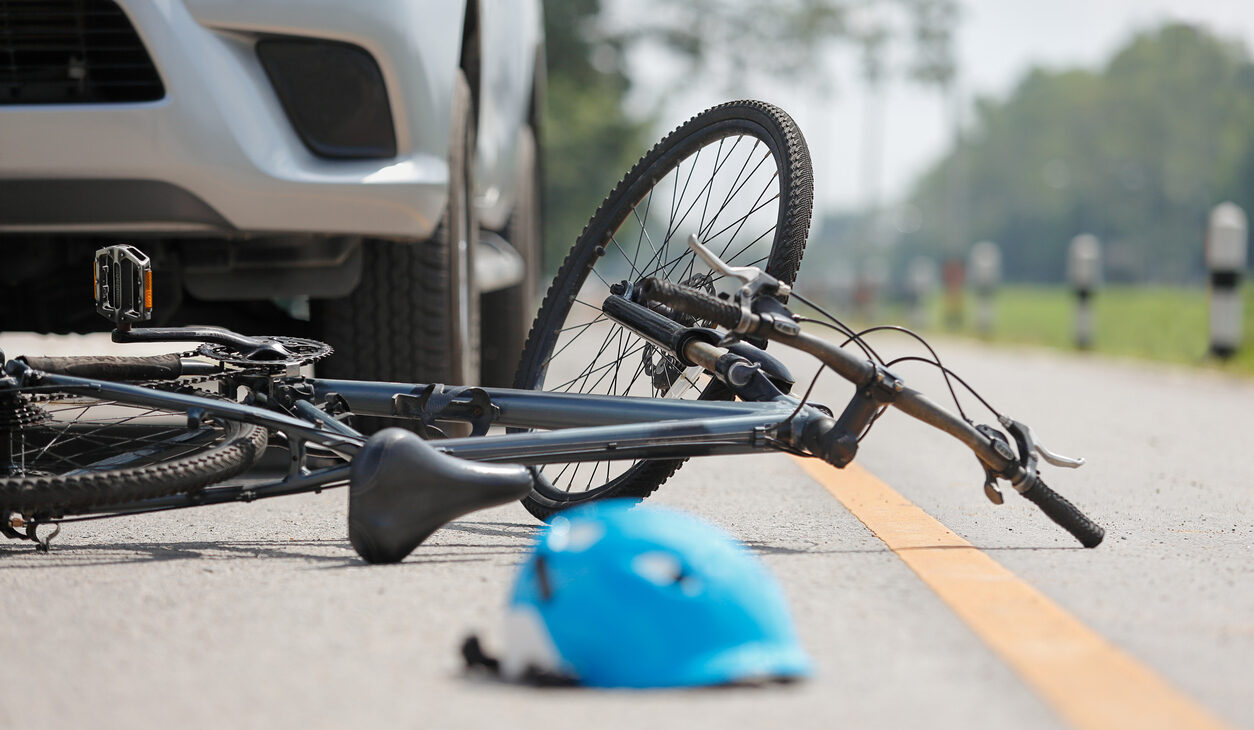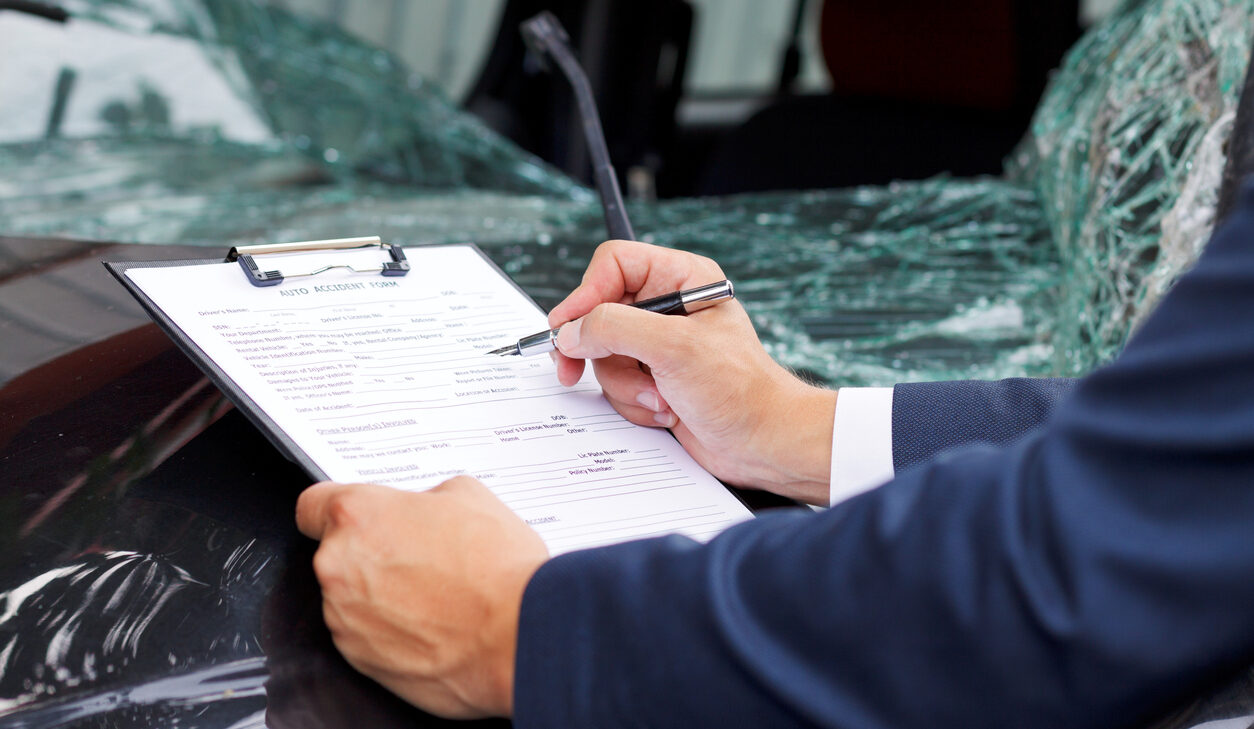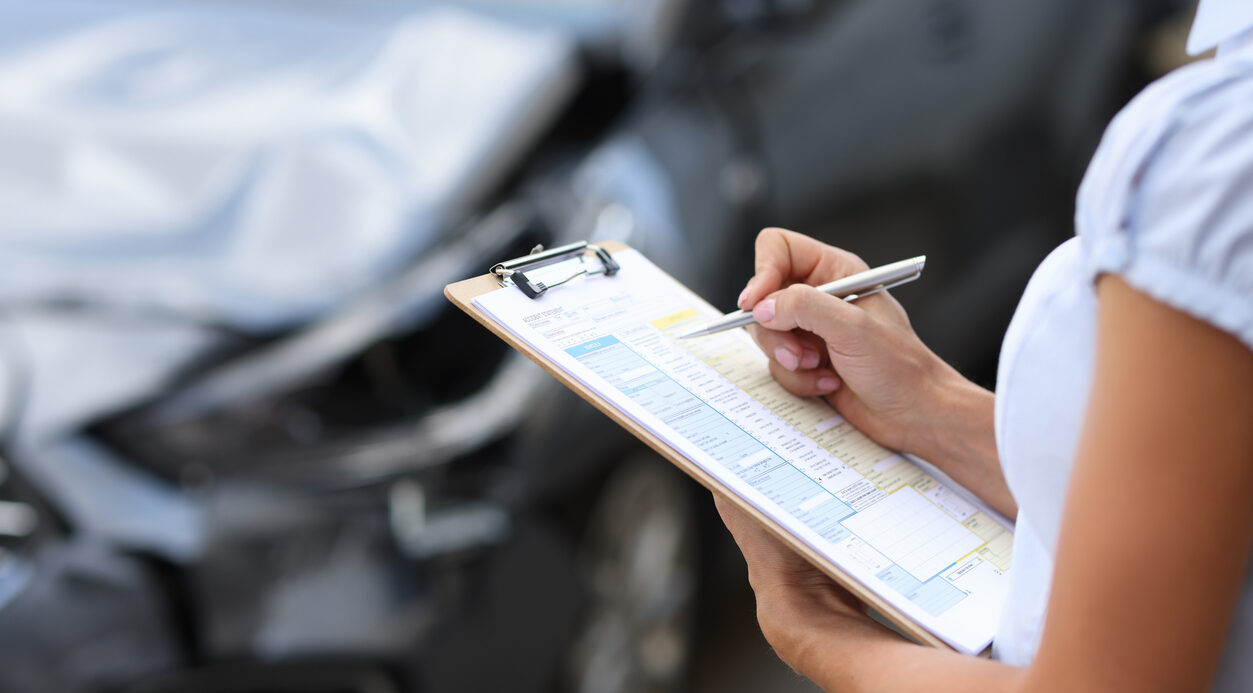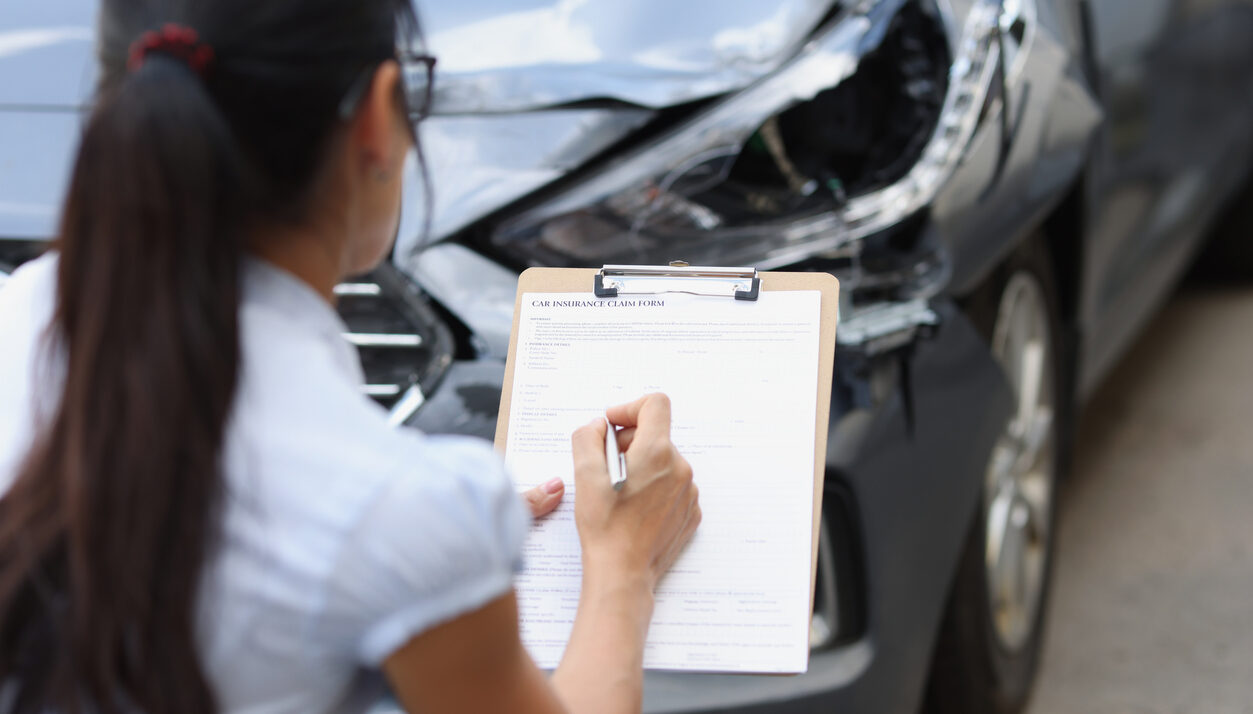What to Do After a Cycle Accident: Step-by-Step Checklist
If you’ve just been in a cycling accident, it’s completely normal to feel shaken, overwhelmed, or unsure about what comes next. That’s why we’ve put together this step-by-step guide explaining exactly what to do: both at the scene and soon after the crash.
Whether the accident was your fault or someone else’s, these simple steps will protect your health, your rights, and your future bicycle accident compensation claim.
I just had a cycling accident — what should I do?
- Check for injuries: your health comes first. If you or anyone else is seriously hurt, call Triple Zero (000) straight away and wait for emergency services to arrive.
- Move your bike out of danger: if your bike is still rideable, move it off the road to somewhere safe. This helps keep you out of harm’s way and prevents further accidents.
- Get witness details: speak to anyone who saw what happened. Ask for their name and contact details. If they’re willing, a short written or voice-recorded statement could be really helpful later on.
- Take plenty of photos: use your phone to snap clear pictures of the scene: damage to your bike and any vehicles, injuries, skid marks, traffic signs or signals, and anything else that helps tell the story of what happened.
- Exchange information: get the other party’s name, address, phone number, number plate, and insurance details. If they were driving someone else’s vehicle, ask for the owner’s details too. You’re only required to share basic info in return, so there’s no need to hand over things like your licence number or personal email if you’re not comfortable.
- Report the crash to police: each state has its own rules, but you generally need to report accidents within 28 days. However, we strongly suggest reporting as soon as possible. Make sure to ask for the police event number and keep it handy.
Steps to take after the cycle accident
- Get medical care: even if your injuries seem minor or you’re only experiencing psychological symptoms, it’s important to see your GP as soon as possible. They can check you over properly, document your injuries, and provide a medical certificate if you need time off work. These records are also essential for your bicycle accident compensation claim.
- Finalise your police report: if you didn’t report the crash at the scene, make sure you do it now. And if you already have, it’s a good idea to request a copy of the police report for your records.
What happens next depends on whether:
- The accident was your fault, or
- Someone else caused the accident, either partly or fully.
What to do if someone else caused the cycle accident
- Lodge a CTP claim: every driver in Australia must have CTP (Compulsory Third Party) insurance. If you were hit by a car or another motor vehicle, you can make a claim through the at-fault driver’s CTP insurer. This can cover medical treatment and rehab costs, lost income, and your pain and suffering.
- Claim for property damage: if your bike or gear was damaged in the accident, you may be able to recover the cost through the driver’s property damage insurance (which is optional and separate from CTP). If they have it, you can make a claim through their insurer to cover repair or replacement costs. If not, you may need to recover the cost directly from the driver, either informally or through a small claims process.
What to do if you caused the cycle accident
You might still be eligible for compensation even if the crash was your fault.
All registered vehicles in Australia must have Compulsory Third Party (CTP) insurance, which can cover injuries from road accidents, including cycling crashes. But the rules vary depending on where you live:
- In Queensland, South Australia, and Western Australia, you’ll only be able to claim compensation if the accident was caused by another motor vehicle.
- In NSW, Victoria, Tasmania, the ACT and the Northern Territory, you may be able to get basic compensation for lost income and medical bills even if you were at fault.
It’s important to note: even in no-fault states, you can only make a claim if a motor vehicle was part of the crash. That means you won’t be eligible for compensation if:
- No vehicle was involved (e.g. you fell off your bike alone).
- The only other vehicle involved was another bicycle.
- The crash happened completely off-road, like on a trail, footpath, or private property. However, if the accident was caused by someone else’s negligence, like faulty infrastructure or unsafe signage, you may have a public liability claim instead.
What happens if I’m partly to blame for the accident?
If you’re partly to blame for the cycling accident, the amount of compensation you receive may be reduced. This is called contributory negligence. It doesn’t mean you can’t make a claim, but it could affect how much you receive.
Common examples of contributory negligence include:
- Not wearing a helmet.
- Failing to use lights or reflectors at night.
- Not using a designated bike lane (where safe and available).
- Riding while distracted (e.g. using a phone or wearing headphones).
- Failing to keep a proper lookout.
If any of these apply, your compensation could be reduced depending on how much your actions contributed to your injuries.
For example, if you weren’t wearing a helmet and suffered a head injury, the insurer might argue that you’re 30% responsible for your own injury. Your total compensation would then be reduced by the same amount.
That’s why it’s so important to have an experienced cycling accident lawyer on your side. We’ll build a strong case to show that your contribution was minor. In some cases, we can even argue it shouldn’t be counted at all. Over the years, we’ve helped many clients reduce their contributory negligence to 0%, so they get the full compensation they deserve.
Can I be found fully at fault for the accident?
Since cyclists are more vulnerable than drivers, cars have a legal duty to watch out for them. That’s why it’s rare for cyclists to be found entirely at fault unless they’ve broken the law or acted really dangerously.
In most cases, fault is shared between the cyclist and the driver. However, there are some situations where you may be found fully at fault for the accident. These include:
- Running a red light or stop sign and causing a collision.
- Riding while intoxicated or under the influence of drugs.
- Swerving suddenly into traffic without warning or checking.
- Riding against the flow of traffic on a busy road.
- Performing dangerous manoeuvres, such as weaving between moving vehicles.
- Ignoring clear traffic signals or police instructions.
If you’re found at fault, you may still be able to make a CTP (Compulsory Third Party) claim if your state allows at-fault claims. However, if your contributory negligence is assessed at 100%, your compensation would effectively be reduced to zero. The only exception is if you’re ‘catastrophically injured’.
What happens if I’m catastrophically injured?
Most states have special support schemes for people who are catastrophically injured in a motor vehicle accident, even if the crash was their fault. These schemes typically cover life-changing injuries such as:
- Traumatic brain injury (TBI).
- Permanent blindness.
- Multiple amputations.
- Severe burns.
- Spinal cord injuries (paraplegia or quadriplegia).
If you’ve been catastrophically injured in a cycling accident, it’s important to speak to a lawyer as soon as possible. We have a detailed understanding of the special support schemes in each state and can ensure you receive every type of compensation you’re entitled to.
How long do I have to make a cycling accident claim?
Every state and territory in Australia has its own time limit for lodging a cycling accident claim.
| State | Time limit to lodge a claim |
| NSW | - Within 28 days: lodge Accident Notification Form for early treatment expenses.
- Within 3 months: lodge a Personal Injury Benefits Claim Form.
- Within 3 years: start a common law damages claim. |
| VIC | - Within 12 months: lodge claim with TAC (Transport Accident Commission).
- You may be able to lodge up to 3 years after the accident with a reasonable excuse. |
| QLD | - Within 9 months of the accident or one month of getting legal advice: lodge a Notice of Accident Claim Form (NOAC).
- Final claim deadline: 3 years from accident date. |
| WA | - Within 1 year: recommended to notify Insurance Commission of WA.
- Legal proceedings must begin within 3 years. |
| SA | - Within 6 months: lodge with CTP insurer.
- 3 years to commence legal proceedings. |
| TAS | - Within 12 months: lodge claim with MAIB (Motor Accidents Insurance Board).
- You may be able to lodge up to 3 years after the accident with a valid excuse. |
| ACT | - Within 13 weeks: lodge Motor Accident Injuries (MAI) claim.
- Up to 3 years to commence court proceedings. |
| NT | - Within 6 months: lodge claim with TIO (Territory Insurance Office).
- You may be able to lodge up to 3 years after the accident with a valid reason. |
If you think you’ve missed the deadline, don’t panic — just get in touch with us today. In many cases, you can apply for an exception, which is a legal excuse for the delay in your claim.
Our experienced cycling accident lawyers understand the rules (and the exceptions) in every state. Over the years, we’ve helped plenty of people lodge successful claims even after the time limit has passed.
How long will my cycle accident claim take?
Most cycling accident claims take around 12 to 18 months to finalise, but the exact timeframe depends on your situation.
Factors like how serious your injuries are, what kind of treatment you need, and whether your condition has ‘stabilised’ all play a role. When we say your injuries have stabilised, it means you’ve reached a point where further treatment isn’t likely to lead to major improvement.
It’s really important to wait until this point before accepting any settlement. That way, you’re not short-changed and you get compensation that truly reflects the long-term impact of your injury.
When should I speak to a lawyer?
A cycling accident can turn your life upside down. You might be dealing with serious injuries, time off work, or long-term changes to your daily routine — and you deserve compensation for all of it. That’s why it’s so important to speak with an expert cycling accident lawyer before starting your claim.
When you work with us, you can expect:
- A free case check: we’ll review your situation and explain your options, free of charge.
- Strong medical evidence: we use our national network of medical experts to provide compelling evidence of your injury and the other party's negligence.
- Maximum compensation: we’ll make sure your claim covers everything, from lost wages to long-term treatment costs.
- Insurer correspondence handled: we take care of the paperwork, negotiations, and disputes with the insurer, saving you time and stress.
- Help with other entitlements: you might also be eligible for things like income protection or Total and Permanent Disability (TPD). We’ll look into everything to ensure you get the most compensation possible for your injuries.
And with our No Win No Fee guarantee, there’s nothing to pay unless we win your case.
Speak to us today for free legal advice on your situation. No matter how your bicycle accident happened, here to get every dollar you deserve.



